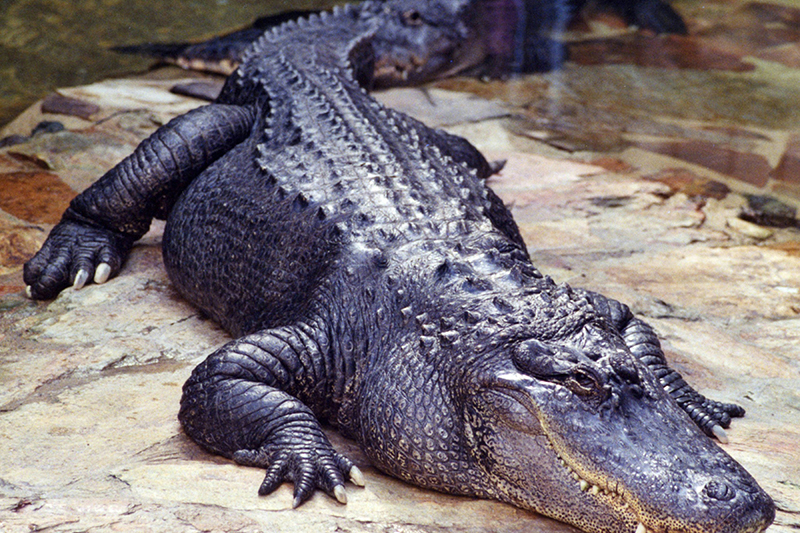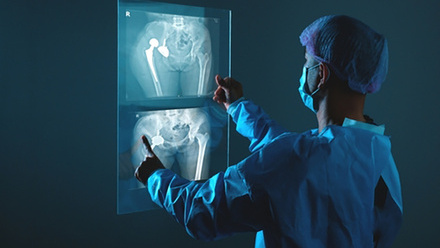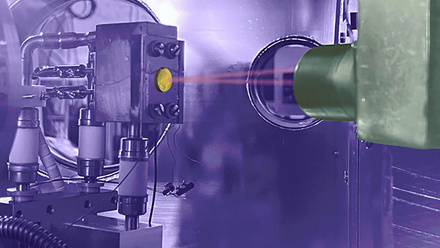Field-test findings shared for BBC robotic reptiles
Learnings from developing bio-informed robots used in a BBC documentary are now being shared by developers at EPFL, Switzerland.

The team at the BioRobotics Lab made a lifelike crocodile robot and a monitor lizard to conceal cameras that could integrate into the environment and capture the reptiles' nesting behaviour and interactions.
SpyCroc and SpyLizard needed to blend in with real animals and required a higher percentage of weight for cameras and hyper-realistic skin.
They also needed to change specialised parts for low-cost component parts that would be easier to replace when being used in the field.
Temperatures of 38°C in Uganda would cause the robot's internal temperatures to reach 80°C and overheat and shut down.
The researchers had to work quickly before the daily temperature climbed and find work-arounds such as operating in short bursts with periods of cooling.
They also streamlined the design to minimise connecting parts, as more joints meant more access for sand, dust and moisture.
What had been a strength of the original Krock design – like structural rigidity – was a liability, as the rough terrain caused inflexible components to break.
The BioRob lab has now published the lessons learnt as open-source research and methodology in Science Robotics.
They hope their experience will assist other researchers trying to replicate a platform for their own projects.
Krock-2 is said to be more robust, flexible and waterproof – and needs less elaborate camouflaging such as realistic latex skin. The upgraded robot is reported as having greater potential for disaster response and rescue applications.
They are now interested in integrating sensors into the fake-skin and enhancing reliability, so the robots do not fail even when conditions are rough or wet.
The team's aim is to improve bio-informed robots for science, to deepen the understanding of how extinct species like dinosaurs moved.







